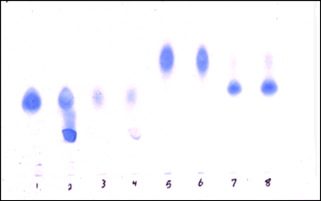Abstract
Patients treated with #anti-TNF-α agents are at increased risk of
reactivating #latent tuberculosis infection. Screening for tuberculosis
infection and disease, and appropriate treatment before commencing of
anti-TNF therapy is therefore important. However, currently recommended
screening tools (tuberculin skin test, interferon-gamma releasing
assays, and chest radiograph) may not detect tuberculosis infection in
all children. This may result in development of active tuberculosis
during TNF-α inhibitor therapy. Tumor necrosis factor alpha (TNF-α) is a pro-inflammatory cytokine that
plays a critical role in the host response to tuberculosis (TB), having
an essential role in the granuloma formation and maintenance of the
latency of TB. Blocking TNF-α in cases of active infection with
#Mycobacterium tuberculosis (Mbt) results in a failure to form tight
#granuloma’s as well as disintegration of existing granulomas leading to
mycobacterial dissemination in a murine model [1-2]. Treatment with
anti- TNF-α agents has become an important cornerstone in the treatment
of severe, non-remitting forms of juvenile #idiopathic arthritis (JIA).
For more articles on BJSTR Journals please click here: https://biomedres.us/
For more Biomedical Research and Review Articles on BJSTR



No comments:
Post a Comment
Note: Only a member of this blog may post a comment.